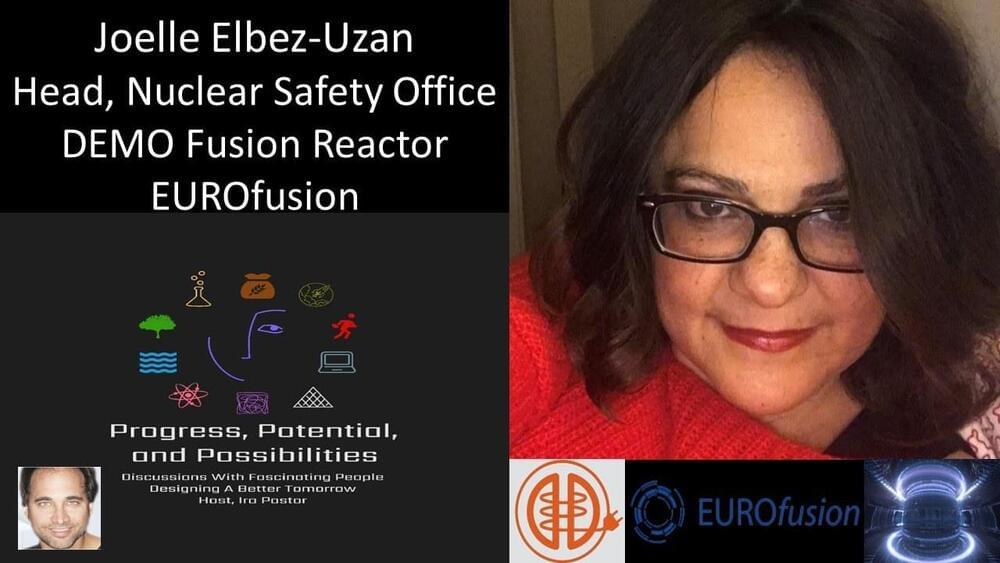Jan 27, 2023
Where Is Tech Going in 2023?
Posted by Shubham Ghosh Roy in categories: business, robotics/AI, security
A group of McKinsey’s technology practice leaders have taken a look at what 2023 might hold, and offer a few new year’s tech resolutions to consider: 1) Look for combinatorial trends, in which the sum impact of new technologies create new opportunities. 2) Prep boards for tipping point technologies. 3) Relieve the bureaucratic burden on your engineers to increase their productivity. 4) Look for new opportunities in the cloud. 5) Take advantage of how the cloud is changing security. 6) Take advantage of decentralized AI capabilities — and what this technology might mean for your business model.
Page-utils class= article-utils—vertical hide-for-print data-js-target= page-utils data-id= tag: blogs.harvardbusiness.org, 2007/03/31:999.346784 data-title= Where Is Tech Going in 2023? data-url=/2023/01/where-is-tech-going-in-2023 data-topic= AI and machine learning data-authors= Aamer Baig; Jan Shelly Brown; William Forrest; Vinayak HV; Klemens Hjartar; Lareina Yee data-content-type= Digital Article data-content-image=/resources/images/article_assets/2023/01/Jan23_06_1405011898-383x215.jpg data-summary=
Six trends that will define the next year, according to McKinsey experts.

















